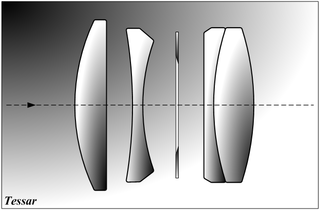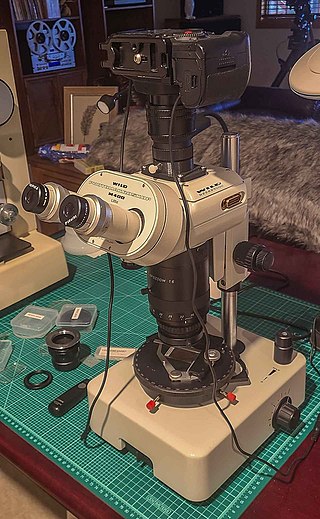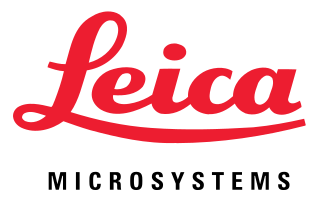

Wetzlar is a city in the state of Hesse, Germany. It is the twelfth largest city in Hesse with currently 55,371 inhabitants at the beginning of 2019. As an important cultural, industrial and commercial center, the university town is one of the ten regional centers in the state of Hesse. A former free imperial city, it gained much of its fame as the seat of the Imperial Supreme Court (Reichskammergericht) of the Holy Roman Empire. Located 51 kilometers north of Frankfurt, at 8° 30′ E, 50° 34′ N, Wetzlar straddles the river Lahn and is on the German Timber-Frame Road, which passes mile upon mile of half-timbered houses. Historically, the city has acted as the hub of the Lahn-Dill-Kreis on the north edge of the Taunus. Tourists know the city for its ancient town and its medieval Catholic/Protestant shared cathedral of St. Mary. Notable architectural features include the Eisenmarkt and the steep gradients and tightly packed street layout of a medieval town. The building of the sandstone cathedral commenced in the 12th century in Romanesque style. In the later Middle Ages the construction continued under a master plan in Gothic style. The church was never finished—one steeple still remains uncompleted. The cathedral suffered heavy damage in the Second World War from aerial bombing, but restoration took place in the 1950s. On the outskirts of town along the river stand the ruins of several stone towers.

Carl Zeiss was a German scientific instrument maker, optician and businessman. In 1846 he founded his workshop, which is still in business as Carl Zeiss AG. Zeiss gathered a group of gifted practical and theoretical opticians and glass makers to reshape most aspects of optical instrument production. His collaboration with Ernst Abbe revolutionized optical theory and practical design of microscopes. Their quest to extend these advances brought Otto Schott into the enterprises to revolutionize optical glass manufacture. The firm of Carl Zeiss grew to one of the largest and most respected optical firms in the world.

Carl Zeiss AG, branded as ZEISS, is a German manufacturer of optical systems and optoelectronics, founded in Jena, Germany in 1846 by optician Carl Zeiss. Together with Ernst Abbe and Otto Schott he laid the foundation for today's multi-national company. The current company emerged from a reunification of Carl Zeiss companies in East and West Germany with a consolidation phase in the 1990s. ZEISS is active in four business segments with approximately equal revenue in almost 50 countries, has 30 production sites and around 25 development sites worldwide.

The Tessar is a photographic lens design conceived by the German physicist Dr. Paul Rudolph in 1902 while he worked at the Zeiss optical company and patented by Zeiss in Germany; the lens type is usually known as the ZeissTessar. Since its introduction, millions of Tessar and Tessar-derived lenses have been manufactured by Zeiss and other manufacturers, and are still produced as excellent intermediate aperture lenses.

A theodolite is a precision optical instrument for measuring angles between designated visible points in the horizontal and vertical planes. The traditional use has been for land surveying, but it is also used extensively for building and infrastructure construction, and some specialized applications such as meteorology and rocket launching.

Leica Geosystems based in eastern Switzerland produces products and systems for surveying and geographical measurement (geomatics). Its products employ a variety of technologies including GPS satellite navigation and laser rangefinders to enable users to model existing structures, terrains in computer based systems to high accuracies, often under 1 cm.

Ernst Karl Abbe was a German physicist, optical scientist, entrepreneur, and social reformer. Together with Otto Schott and Carl Zeiss, he developed numerous optical instruments. He was also a co-owner of Carl Zeiss AG, a German manufacturer of scientific microscopes, astronomical telescopes, planetariums, and other advanced optical systems.

A total station (TS) or total station theodolite (TST) is an electronic/optical instrument used for surveying and building construction. It is an electronic transit theodolite integrated with electronic distance measurement (EDM) to measure both vertical and horizontal angles and the slope distance from the instrument to a particular point, and an on-board computer to collect data and perform triangulation calculations.
Cooke, Troughton & Simms was a British instrument-making firm formed in York in 1922 by the merger of T. Cooke & Sons and Troughton & Simms.

Carl Kellner was a German mechanic and self-educated mathematician who founded in 1849 an "Optical Institute" that later became the Leitz company, makers of the Leica cameras.

Heinrich Wild was a Swiss businessman, industrial designer, and inventor who was the founder of Wild Heerbrugg, a Swiss optical instruments manufacturing company.

Biogon is the brand name of Carl Zeiss for a series of photographic camera lenses, first introduced in 1934. Biogons are typically wide-angle lenses.

Ludwig Jakob Bertele was a German optics constructor. His developments received universal recognition and serve as a basis for considerable part of the optical designs used today.
Ernst Leitz GmbH was a German corporation based in Wetzlar, a German centre for optics as well as an important location for the precision engineering industry.

A macroscope or photomacroscope in its camera-equipped version is a type of optical microscope developed and named by Swiss microscope manufacturers Wild Heerbrugg and later, after that company's merger with Leica in 1987, by Leica Microsystems of Germany, optimised for high quality macro photography and/or viewing using a single objective lens and light path, rather than stereoscopic viewing of specimens, at magnifications up to around x40. The Wild, subsequently Leica "macroscope" line was in production from approximately 1976–2003; it was succeeded by the Leica Z6 and Z16 offerings, which continued an equivalent functionality, but without the "macroscope" designation. The macroscope remains a useful, if somewhat specialised, instrument for examination of relevant specimens in various laboratories today.

Ernst Leitz II was a German business person and humanitarian. He was the second head of the optics company now known as Leica Camera and organized the Leica Freedom Train to allow people, most of whom were Jewish, to escape from Germany during Nazi times.



















